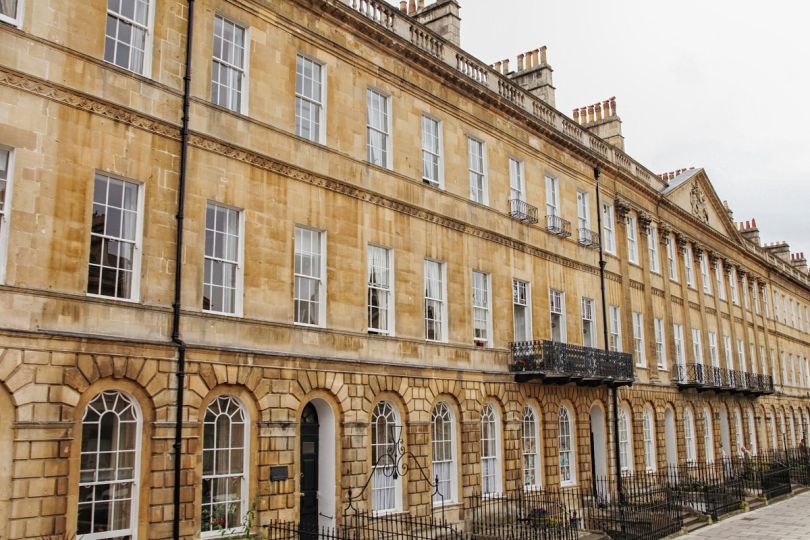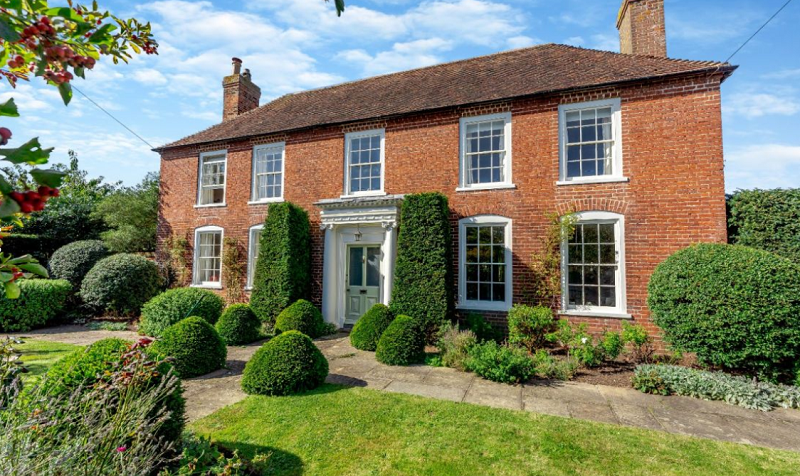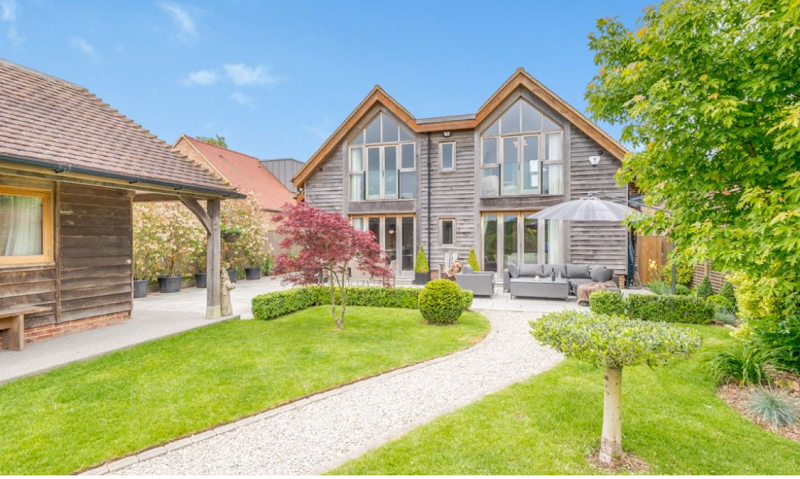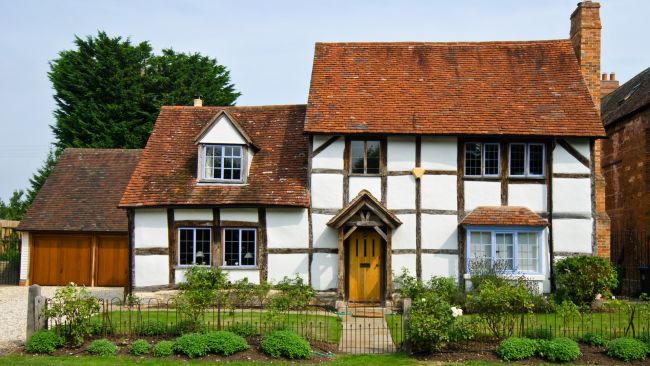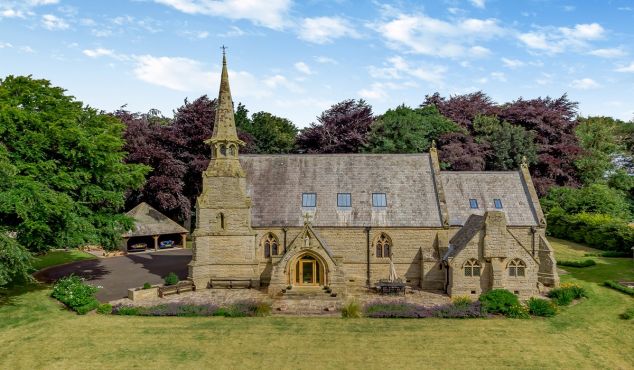
Client stories: embarking on a period restoration romance
As awe-inspiring as architecture can be, the combined functionality and aesthetics of a building is - or should be - reflective of the people who have inhabited it. In fact, the form of a building and its series of iterations provide an historical record and tell a story of the folk who went before.

